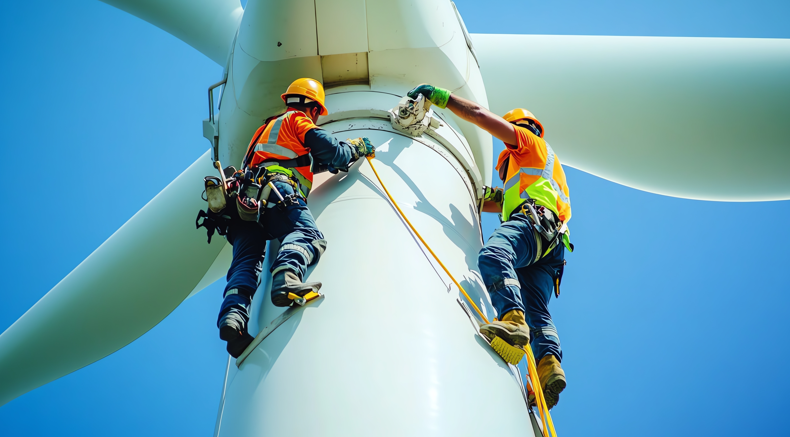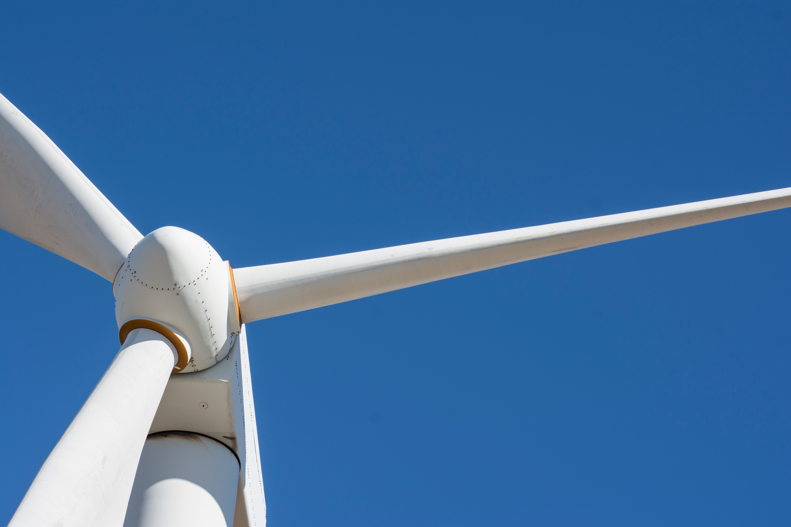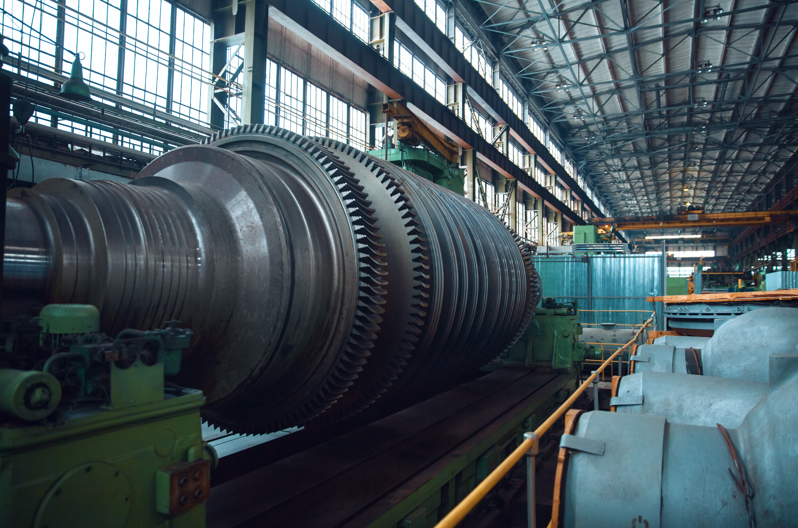The UK’s offshore wind sector stands at a critical juncture where engineering excellence determines whether ambitious renewable energy targets become reality or remain unfulfilled promises.
You understand the technical complexities involved in offshore wind development, from foundation design challenges in harsh marine environments to the intricate logistics of installing multi-megawatt turbines dozens of miles from shore.
Your projects demand precision engineering solutions that account for extreme weather conditions, complex seabed geology and the need for long-term operational reliability. The UK government’s commitment to offshore wind expansion creates unprecedented opportunities, but success hinges on having the right engineering capabilities in place from project inception through commissioning.
The Engineering Challenge of Scale
UK’s offshore wind projects now routinely exceed 1GW capacity, with turbines approaching 300 metres in height and foundations requiring installation in water depths exceeding 60 metres. You face engineering challenges that didn’t exist a decade ago: larger components mean greater installation tolerances, deeper waters demand innovative foundation solutions and higher capacities require more sophisticated electrical systems.
The government’s £300m investment signals confidence in the sector’s growth, but this expansion intensifies the need for engineering teams who understand the theoretical principles and practical realities of offshore construction.
Why Engineering Capability Determines Project Success
Your offshore wind developments require engineers who can navigate regulatory frameworks while delivering technical solutions. The complexity of modern offshore wind projects means that engineering decisions made during the design phase cascade through every subsequent project stage, affecting everything from construction schedules to operational performance.
At Morson Projects, we understand that the UK’s offshore wind projects need engineers who combine deep technical knowledge with practical experience of working within UK regulatory environments. Our client representative services ensure that your projects benefit from engineering oversight that maintains technical standards and manages commercial realities.


The Skills Gap Reality
The UK’s offshore wind sector faces a significant engineering skills shortage that threatens project delivery timelines and quality standards. The ICE identifies multiple challenges facing the sector in 2025, with skills availability being paramount among them.
Your projects compete for engineering talent in a market where demand significantly exceeds supply. This shortage affects every aspect of project delivery, from initial design through to commissioning and operational support. The challenge becomes more acute as projects increase in complexity and the sector continues its rapid expansion.
Engineering Solutions for Modern Offshore Wind
Today’s offshore wind projects require engineering solutions that address multiple competing requirements:
- maximising energy output
- minimising installation costs,
- ensuring 25-year operational life
- facilitating maintenance access
- achieving environmental compliance
- meeting commercial targets
The centres for offshore renewable engineering established across the UK provide research capabilities, but your commercial projects need engineering teams who can translate research findings into practical solutions that work in real-world conditions.


The Commercial Imperative
The UK’s offshore wind projects operate within increasingly competitive markets where engineering efficiency directly impacts commercial viability. You need engineering solutions that optimise both capital expenditure and operational expenditure while maintaining safety and environmental standards.
The global offshore wind market analysis shows the UK maintaining its leading position, but this leadership depends on continued engineering innovation and efficient project delivery.
Future-Proofing Your Projects
Your offshore wind developments must anticipate future technological changes and meet today’s performance requirements. This forward-looking approach requires engineering teams who understand current best practices and emerging technologies that may impact future operations.
The engineering decisions you make today will influence your projects’ performance for decades. This long-term perspective demands engineering capabilities that extend beyond immediate project requirements to consider lifecycle performance, maintenance requirements and technology evolution.
Frequently Asked Questions (FAQs)
What engineering challenges are unique to UK offshore wind projects?
UK projects face harsh marine environments, complex seabed conditions and stringent regulatory requirements that demand engineering solutions combining technical excellence with local knowledge.
How do regulatory requirements impact engineering design decisions?
UK regulations influence every aspect of design from foundation specifications to electrical systems, requiring engineers who understand technical requirements and compliance processes.
What skills shortage challenges affect UK offshore wind engineering?
The sector faces significant shortages in senior engineering roles, particularly those combining offshore experience with UK regulatory knowledge.
How do modern offshore wind projects differ from earlier developments?
Current projects involve larger turbines, deeper waters and more complex electrical systems, requiring advanced engineering capabilities and installation techniques.
What role does engineering oversight play in project success?
Engineering oversight ensures technical standards are maintained throughout project delivery while managing commercial and schedule constraints.